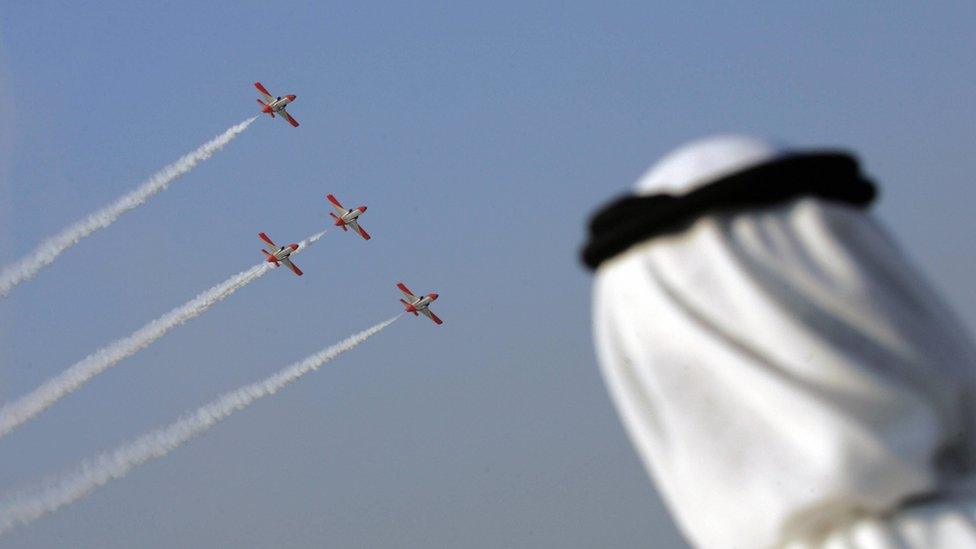Dubai Airshow: Building a new supersonic airliner
- Published
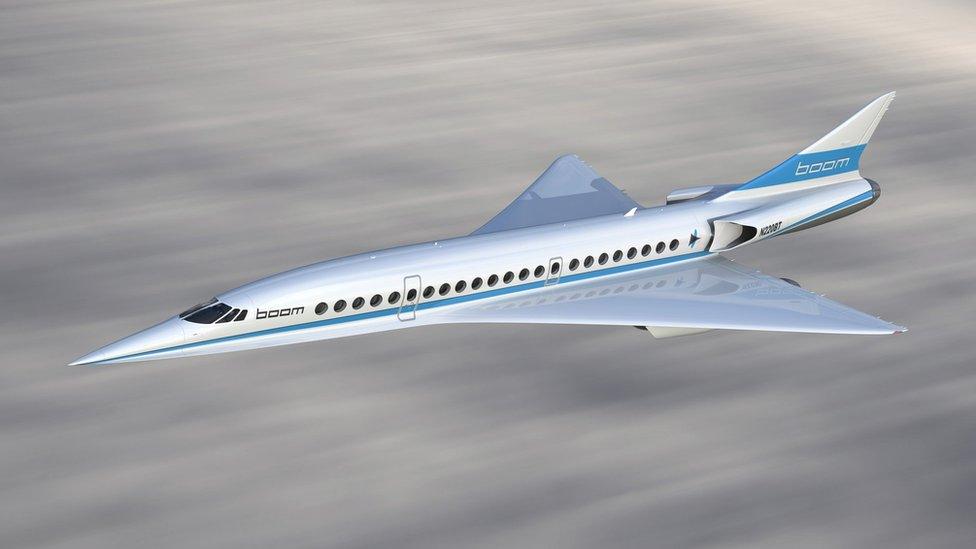
Boom's planned airliner will have 55 seats
Like a lot of young boys Blake Scholl had an interest in things that flew and went very fast. One fascination was Concorde and supersonic flight.
Now he's at the Dubai Airshow trying to woo investors and Middle East airlines to back his ambition to once again make breaking the sound barrier commercially viable.
It's an idea that a few years ago might have been dismissed with a polite "good luck", but one which is now taking on serious shape.
Mr Scholl, founder and chief executive of Denver-based Boom Supersonic, already has 76 pre-orders from airlines and says he is talking to another 20 carriers.
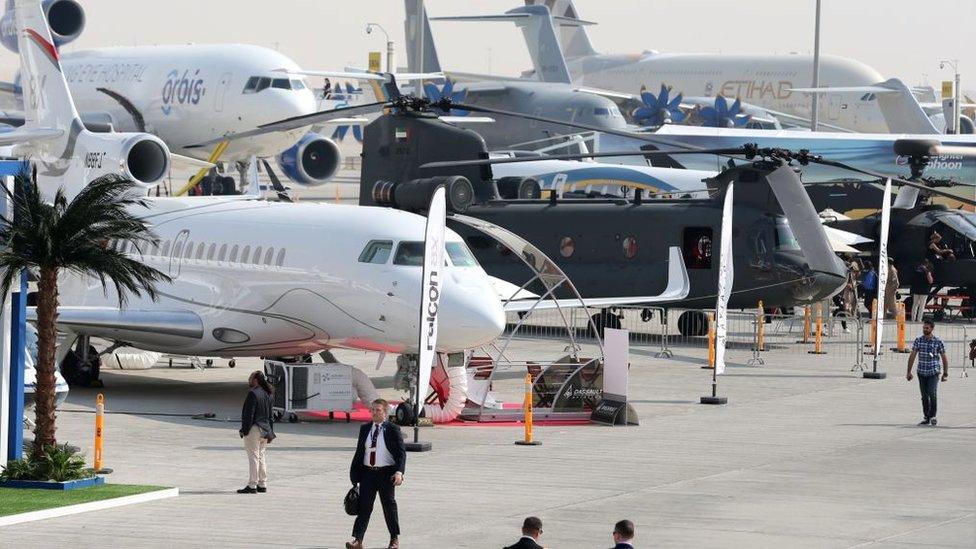
Boom is hoping to attract more interest at this year's Dubai Airshow
The former Amazon executive and founder of mobile payments firm Kima Labs (sold to Groupon) is convinced that new technology, composite materials and quieter, more efficient engines, makes a return of supersonic flight possible.
He says: "I remember thinking, in 2007 when the iPhone came out, that the world was getting faster and better. That wasn't so true with flying - flights today take as long as they did in the 1950s.
"When I started looking into this, nothing much was going on in the supersonic market. There was some sci-fi stuff. I thought it was probably impossible.
"But after researching the field, I started to think - it's possible, but difficult. If you have enough courage and you get the right people together you can do it, I thought."
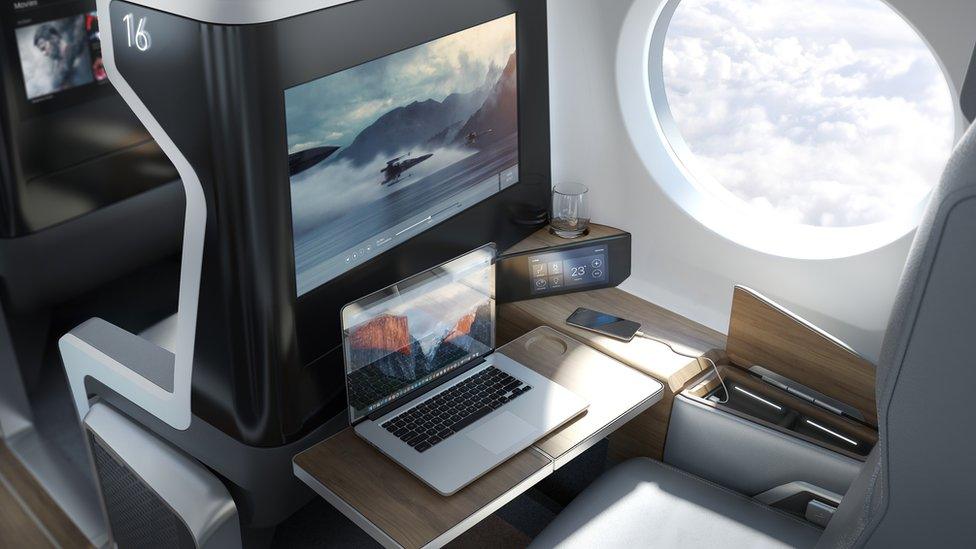
The new airliner is aimed at the luxury market, with tickets costing about $5,000
He won't say which Gulf airlines he is talking to. But the likes of Emirates and Qatar Airways are obvious targets.
Both carriers are continually pushing the luxury end of the market, spending tens of millions of dollars upgrading first class cabins and coming up with new innovations to lure wealthy travellers.
Airlines are always looking to differentiate themselves, he says. So, adding supersonic aircraft to the fleet mix would make sense for many carriers. "And geographically, the Middle East makes sense. It's ideally positioned as a connecting hub to the rest of the world."
Mr Scholl's business plan estimates a market for 1,000 to 2,000 Boom aircraft over the next 10 years, with the first aircraft entering service in 2023.

Boom's XB-1 demonstrator should fly next year
The first test flight of a one-third-scale demonstrator is scheduled to take place in 2018. It will be a key step in the design and approval process - and help bring in more investment.
Fresh funds will also be needed because Mr Scholl has announced that the search for an aircraft production site is underway. A decision on the location is expected in the first half of next year.
Mr Scholl hints that a manufacturing site in the Gulf - where aerospace facilities and production are expanding rapidly on the back of airline growth - would not be ruled out.
The theme of this week's Dubai Airshow is the Future of Travel, and as he points out: "It is home to some of the most forward-thinking visionaries in transportation."
Also on Monday, Mr Scholl announced two new high profile appointments - Bill James, who led wing design on the Airbus A380 superjumbo jet, and Dr Lourdes Maurice, former director of environment and energy at the US Federal Aviation Authority.
The former will be in charge of production and finance, while the latter will help negotiate the regulatory minefield. They join a team that already includes people from Boeing, NASA, Lockheed Martin and rocket business SpaceX.
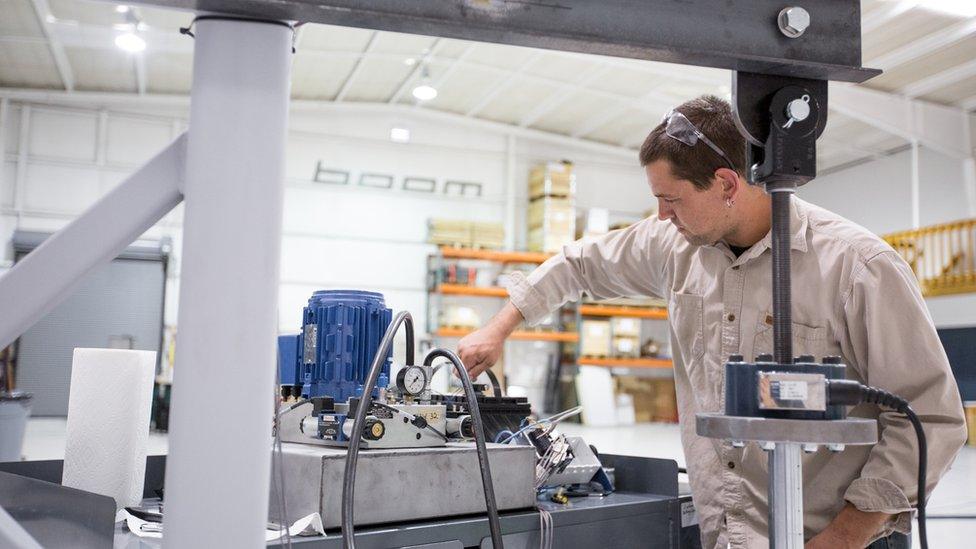
Boom is now looking for a factory site for its planned supersonic airliners
Mr Scholl says the economics of his business plan are comparable with subsonic business class costs - airlines should be able to make a profit charging around $5,000 (£3,800) a ticket.
The aircraft will have 55 seats (Concorde had 100) and travel about 4,500 miles. That would still mean a refuelling stop on very long-haul flights. But even then, the time saved could make it worthwhile for travellers, he argues. "There are about 500 routes globally that are economically viable for supersonic."
Key to the project, of course, is the engine.
"There's been tremendous progress. This aircraft will be quieter - or as quiet - as aircraft flying around Heathrow Airport today. Policymakers won't be allowing new aircraft that make more noise," says Mr Scholl.
A decision to adapt existing engine technology, or produce something all-new, has still not been made. Talks and research continue, and he hopes to make an announcement early next year.
What of the much-criticised sonic boom that gave Concorde a bad name - at least with those living under the flight path?
Tim Robinson, of the Royal Aeronautical Society, believes Boom's supersonic ambitions are "definitely feasible".
The technology has certainly improved since Concorde, he says: "The flipside is that environmental rules and noise regulations have got stiffer; it's going to be a challenge.
"The business case does not rest on overland flights, which is good. But on the other hand, not being able to fly [supersonically] overland was one of the things that did for Concorde."
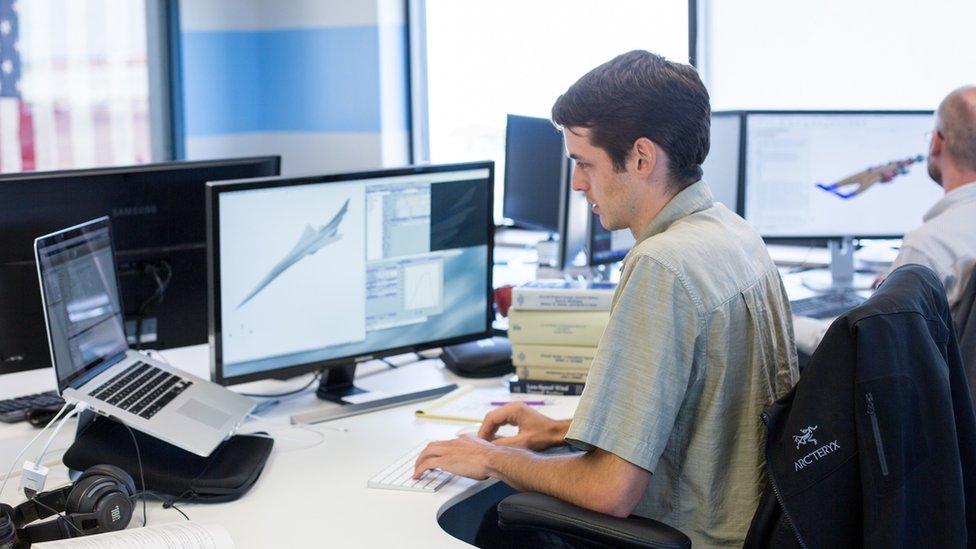
Boom says its new aircraft will be 'significantly quieter' than Concorde
Mr Scholl says: "Sonic booms have been set up as a kind of bogeyman. There's a lot of mythology about them breaking windows. But it turns out that it's really hard to break a window with a sonic boom - you have to fly over at 100ft (30m)."
The boom will be "significantly quieter" than Concorde, he promises. Boom aircraft will be smaller, reducing air disturbance. There are also things that can be done with the shape of an aircraft that will help, Mr Scholl says.
Still, the hurdles are high. Supersonic flight is banned over the US, although Mr Scholl is confident this will soon change because laws set out by the Federal Aviation Administration are currently up for renegotiation.
The project has a long way to go. But at least Mr Scholl seems to have confirmed his initial thoughts - building a supersonic aircraft for a new age will be difficult, but it certainly looks possible.
- Published20 June 2017
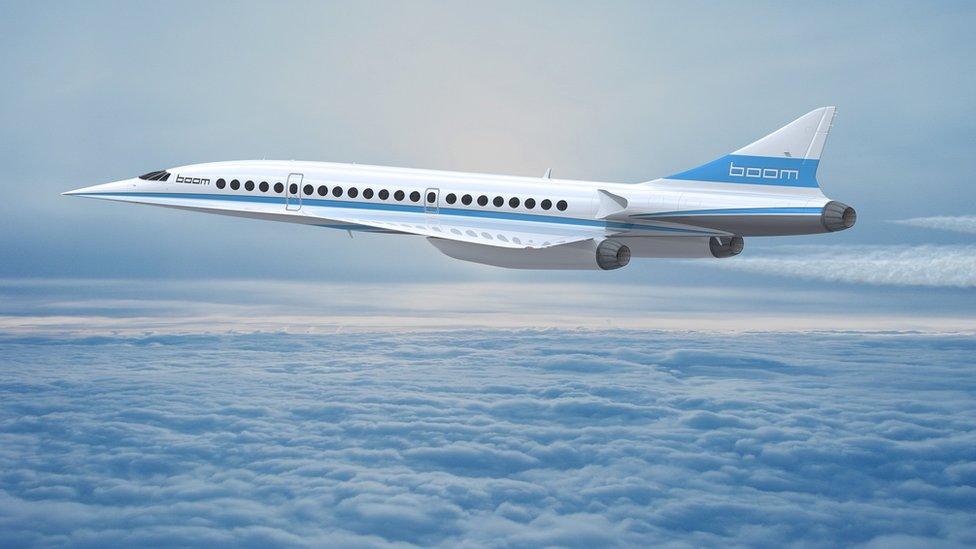
- Published21 June 2017

- Published13 November 2017
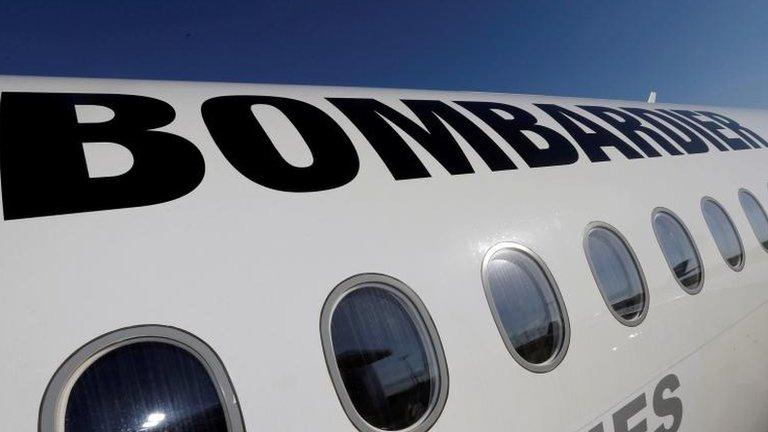
- Published12 November 2017
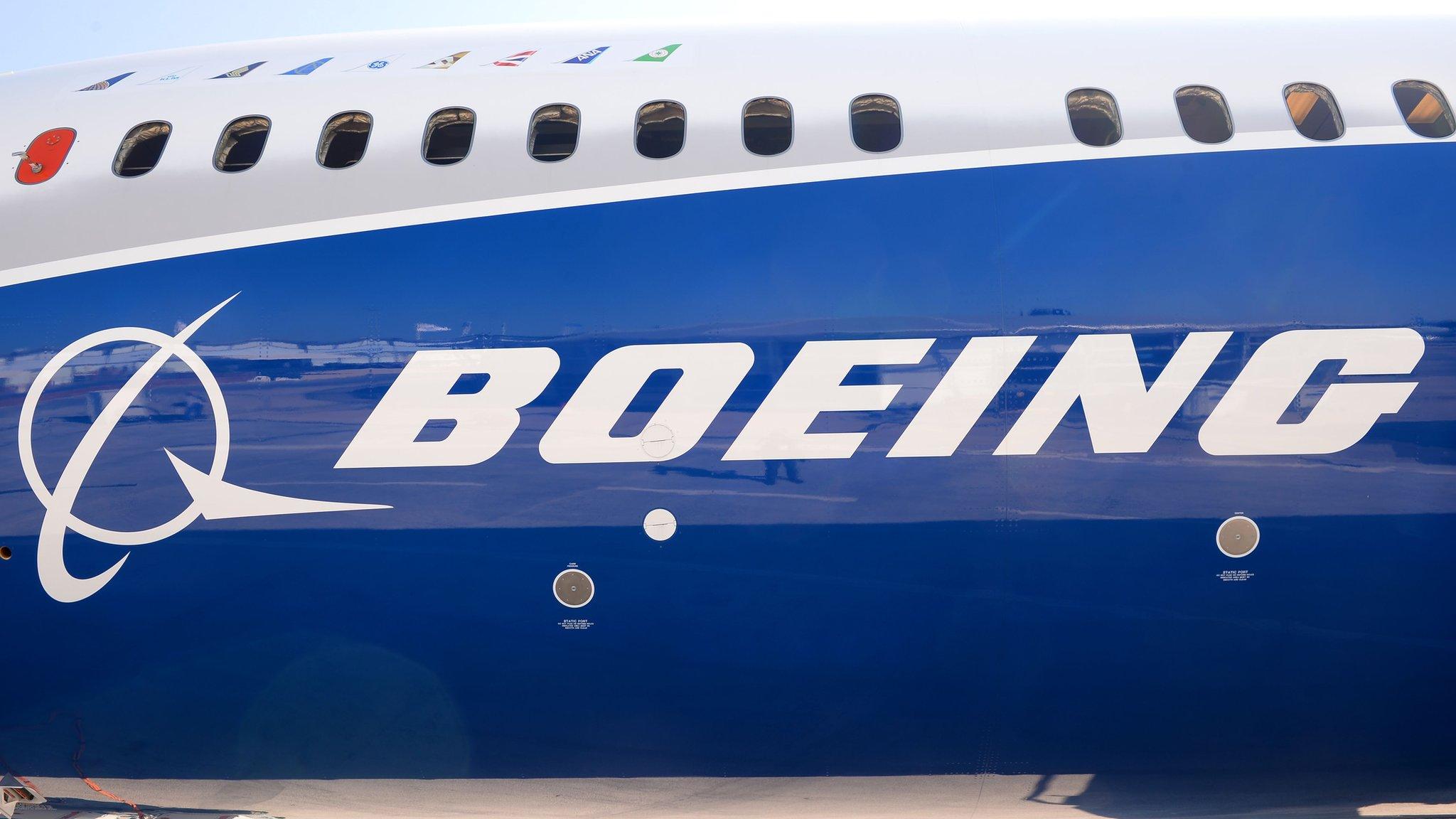
- Published10 November 2017
